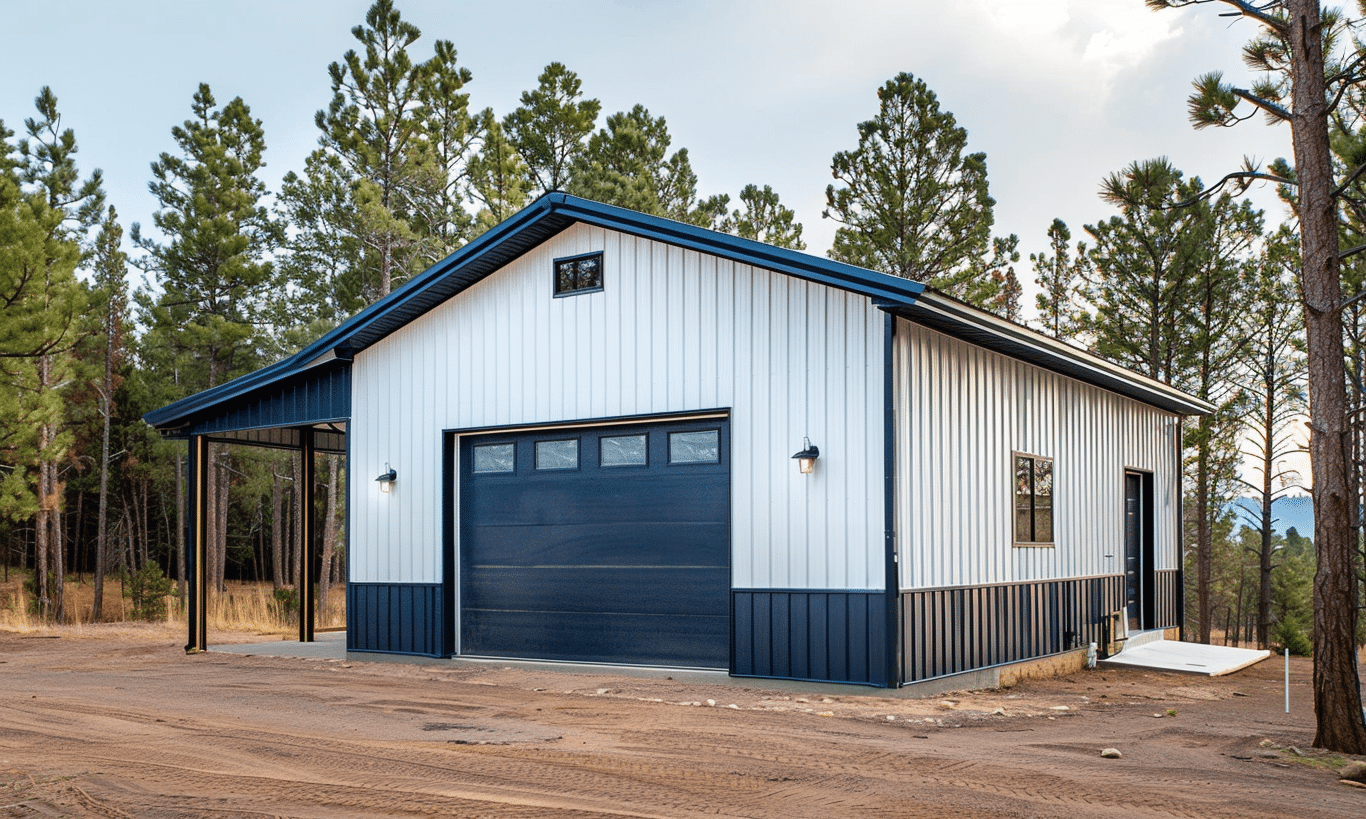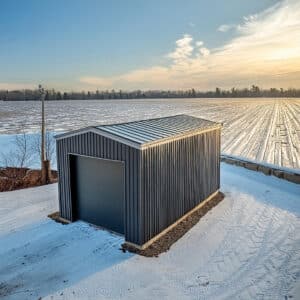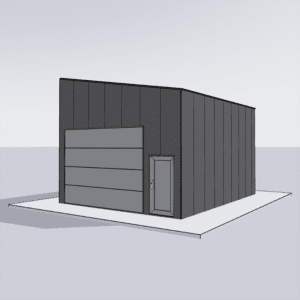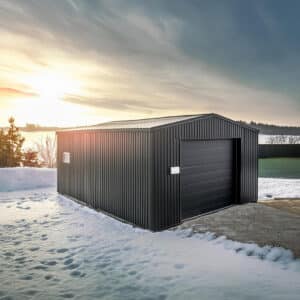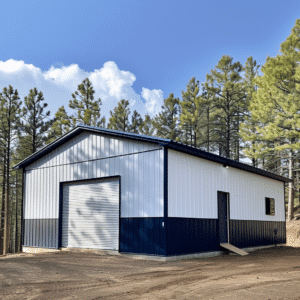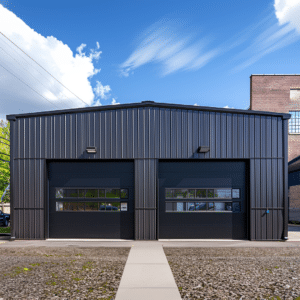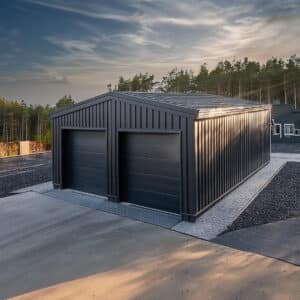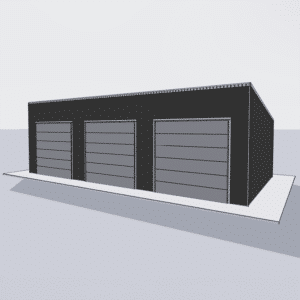When one imagines the quintessential, cozy, residential retreat, a pole barn might not immediately come to mind. However, residential pole barns have surged in popularity, providing an affordable, flexible, and aesthetically pleasing alternative to traditional home construction. With the adaptability to accommodate a myriad of lifestyle needs, these structures are redefining affordable living spaces.
Why Choose a Residential Pole Barn?
Imagine your sanctuary tailored to your every whim. Residential pole barns offer precisely that: a customizable, cost-effective living solution. They cater to diverse preferences, whether you’re leaning towards a rustic barn aesthetic or a sleek, modern design. But what makes these structures truly stand out in the realm of residential construction?
First, the versatility of design and function is an attractive feature. Pole barns can evolve as your needs shift, accommodating new entries into the family or even transforming from a temporary dwelling into a permanent residence. Their adaptability ensures you aren’t locked into a singular vision for your home.
Moreover, these barns are intrinsic budget-savers. Without the hefty expenses associated with traditional home builds, they can be erected more swiftly, minimizing labor costs and enabling rapid occupancy. As explored in Pole barn cost factors, several elements impact the final price, including materials, size, and customization options, yet they remain notably more affordable than conventional homes.
Understanding the Cost Components
Engaging in residential pole barn construction is akin to assembling a puzzle, with each piece representing a different cost factor. The materials chosen, such as wood or steel, directly influence both the cost and durability. Additionally, labor expenses can vary significantly based on geographical region and seasonal demand.
Perhaps you’d prefer adding floor insulation or high-end windows? Though optional, these upgrades can enhance the comfort and efficiency of your pole barn, influencing overall costs as discussed in Residential Construction resources. Yet, even with such improvements, the financial outlay remains competitive when compared to traditional housing.
The Versatility of Layout and Design
A residential pole barn is essentially a canvas waiting for your creative touch. Imagine walking into an open-plan living area, where high ceilings imbue the space with an airy, expansive feel. The lack of interior load-bearing walls provides the freedom to design unique, sprawling layouts that can accommodate a range of functional spaces from living rooms to storage areas or workshops.
For those craving a sustainable lifestyle, pole barns can seamlessly integrate eco-friendly solutions. Consider incorporating solar panels or utilizing passive solar design elements—both feasible and financially prudent in a pole barn setting.
An added benefit of residential pole barns is the minimal environmental impact. Unlike traditional homes that require extensive foundational work, pole barns are built on posts embedded into the ground. This approach conserves resources while reducing overall disruptions to the site’s natural landscape.
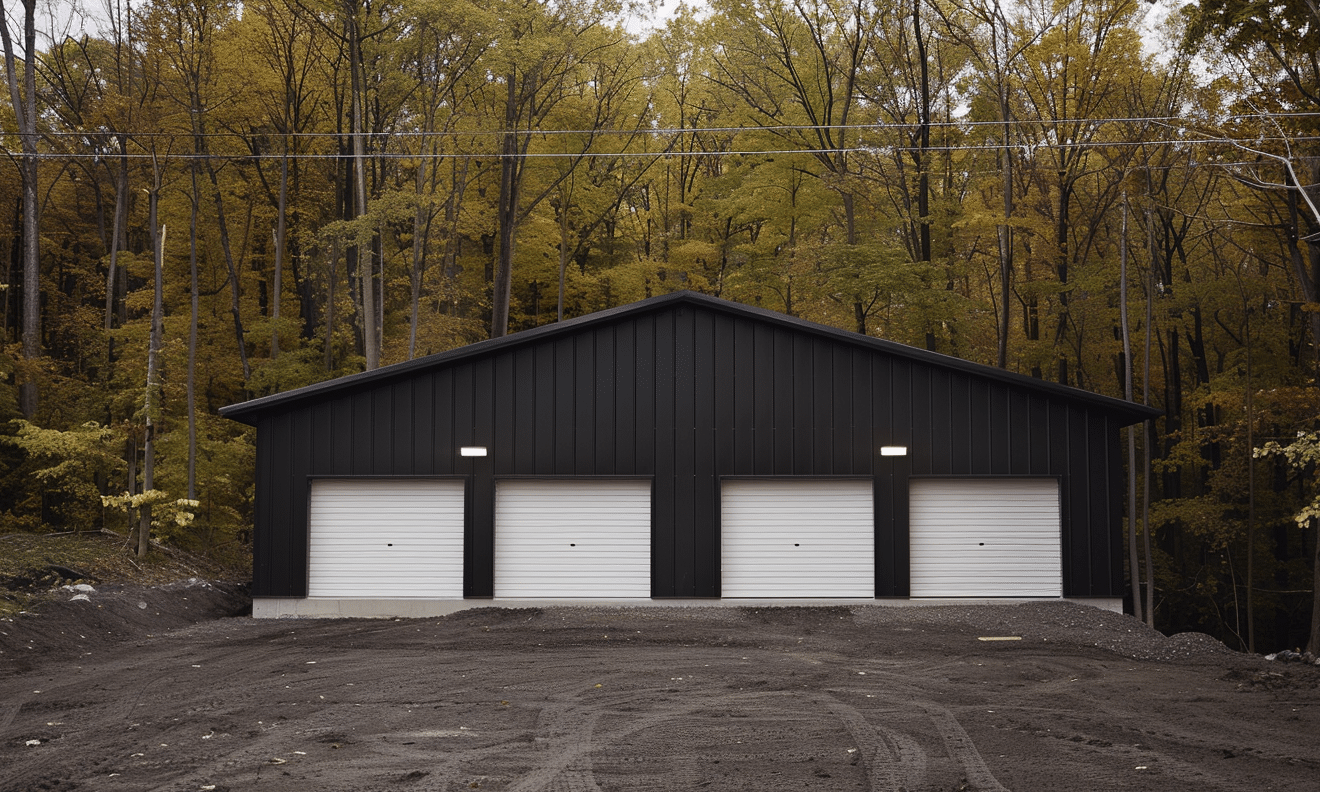
Embedding Comfort with Modern Amenities
Who says simplicity must come at the expense of comfort? With innovations in modern construction techniques, residential pole barns can house a plethora of amenities, ensuring that you compromise neither on comfort nor style. Think radiant heating floors for those chilly Canadian winters, or state-of-the-art kitchen appliances for passionate chefs.
Integrating modern technology into a pole barn is easier than ever, giving you control over your living environment through smart home systems. Adjust lighting, climate, and security features at the touch of a button, ensuring your home feels both safe and sophisticated.
Longevity and Maintenance
Although pole barns are generally low-maintenance, ensuring their longevity involves straightforward upkeep. Conducting regular inspections, particularly in harsh weather conditions, aids in preempting any structural concerns. Depending on your material choice, occasional painting or sealing might be necessary to maintain the barn’s integrity.
For those committed to a long-term investment, government guides on pole barn construction are invaluable. The Canada Mortgage and Housing Corporation’s guidelines (see Canada Mortgage and Housing Corporation – Residential Pole Barns) provide homeowners with a trusted resource for construction tips and maintenance advice.
Engaging a Trusted Partner
Embarking on the journey of constructing a residential pole barn isn’t one you have to tackle alone. Your Building Team offers expert guidance throughout the process, tailoring their services to your unique vision and circumstances. Their experience ensures each step, from design to completion, aligns with your budget and lifestyle aspirations.
For those residing in Ontario, sourcing materials and coordination can be effortlessly streamlined with the assistance provided by local experts specializing in projects like these—more about which can be found here Pole Barn Kits in Ontario.
Conclusion
As more Canadians consider their housing needs, the appeal of residential pole barns grows clearer. These structures present a harmonious blend of affordability, adaptability, and enduring charm. Whether you’re laying down roots or seeking an upgrade from conventional living spaces, a pole barn may just be the perfect fit.
In essence, the decision to explore residential pole barns as a living solution transforms the conventional housing narrative. Why blend in when you can stand out with a home tailored precisely to your aspirations and needs? Through unique design flexibility and cost-efficiency, residents in Canada are increasingly finding that a residential pole barn isn’t just a shelter—it’s a home.


